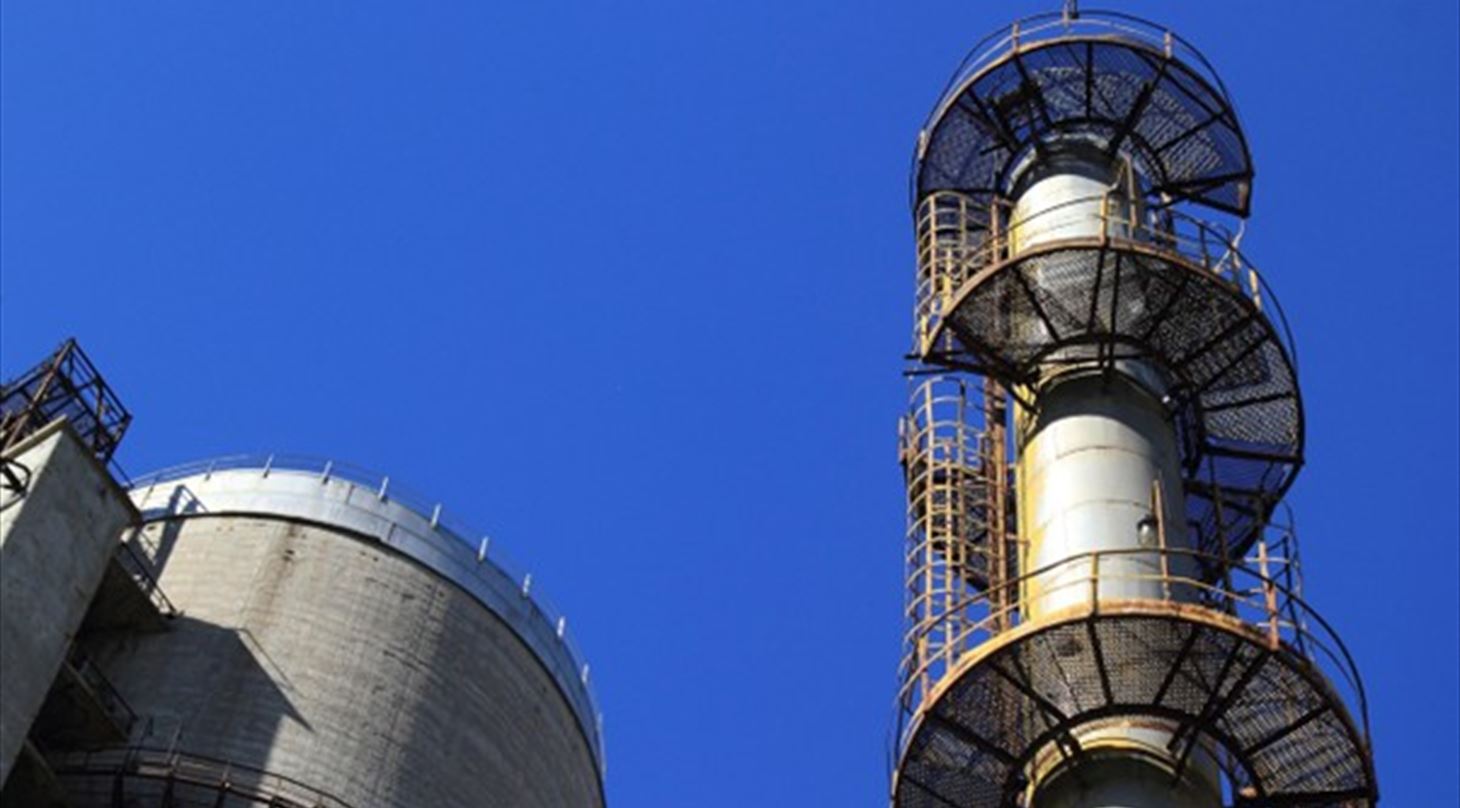
Risk assessment of new hydrogen cyanide (HCN) plant
Hydrogen cyanide (HCN) is a key industrial chemical used in the production of plastics, fertilizers, and for the extraction of precious metals.
However, HCN is also both a toxic and flammable substance, which places significant demands on safety throughout the entire production chain. On this basis, we carried out a risk assessment of a new HCN plant in accordance with the SEVESO III Directive.
The challenge
Establishing a plant for the manufacturing of HCN requires careful mapping of all risks - both for employees, neighbors, and the environment. The project group was therefore tasked to:
- Identify and analyze all potential chemical risks
- Calculate exposure and hazard zones for relevant compounds
- Propose optimal location and design of the plant
- Develop strategies for preventing and managing major accidents
Analyses conducted
Historical mapping:
First, experiences from previous industrial accidents involving relevant chemicals such as ammonia, HCN, methane, and hydrogen were gathered. The analysis showed that releases of ammonia and HCN, as well as explosions involving flammable gases, constitute the greatest risks.
Technical consequence calculations:
Using the DOW Chemical Exposure Index (CEI) and Fire & Explosion Index (FEI), the potential consequences of a chemical release or explosion were assessed. In particular, the storage tanks for HCN and ammonia were identified as the most critical units.
Location and Layout:
Calculations showed that a potential risk zone for toxic releases could extend up to 10 km from the plant. Therefore, the group selected a location in northwestern Poland, far from major urban areas and with good access to infrastructure.
Modeling and risk calculation:
Through advanced simulation, the potential spread of toxic gases in the event of a release was assessed, as well as the risk of fatalities for employees and neighbors. Scenarios were developed for both controlled and uncontrolled accidents.
HAZOP analysis:
A detailed HAZOP (Hazard and Operability Study) identified possible failure scenarios in the process plant, such as failures in temperature or pressure control, and provided concrete recommendations for improvements and safety measures.
Outcome and recommendations
- The risk of fatalities was significantly below the accepted threshold (10−510−5 fatalities per person/year), provided the proposed safety measures are observed.
- Storage tanks, especially for HCN and ammonia, require enhanced monitoring, dual safeguards, and emergency preparedness.
- The plant layout was optimized so that control rooms and staff facilities are placed upstream of the prevailing wind direction and as far as possible from chemical storage areas.
- Evacuation routes and emergency exits were planned to enable fast and safe evacuation from all parts of the plant.
Would you like to know more?
The Danish Technological Institute advises companies on risk assessment, safety design, and risk simulation. Contact us to learn how your company can minimize risks when handling hazardous chemicals.